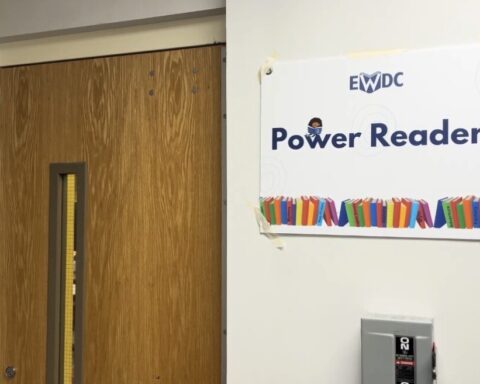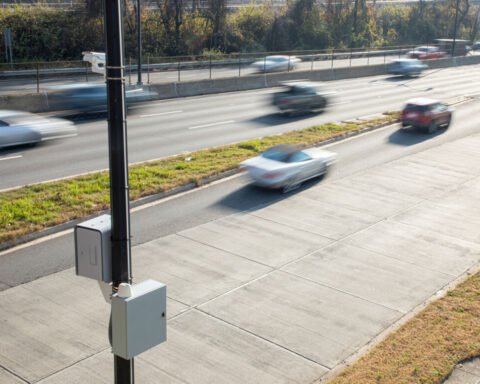
: Woodlawn, Md. restaurants, like City View Bar & Grill (pictured here), depend on local federal workers for a large part of their business.
WASHINGTON—Flory Top, the manager at City View Bar & Grill in Woodlawn, Md., is concerned that he, the cooks, the waiters and other workers at the popular restaurant will soon be facing a repeat of 2013 when business at the eatery dried up dramatically following the first government shutdown in 17 years.
With Congress facing a Sept. 30 deadline to fund the government and Republicans threatening again to shut it down, Top, federal employees, private businesses agencies that depend on the federal government are concerned.
“Of course we’re worried,” Top said. “The Social Security [Administration] is right here, and that’s where many of our customers come from.”
The prospect of another shutdown within two years is growing stronger.
Earlier this summer, some House Republicans wrote that they “cannot and will not support any funding resolution…that contains any funding for Planned Parenthood.”
This came after a controversial video that suggested that the organization sells embryos for profit went viral. Planned Parenthood said the organization does not sell embryos for profit and that the video was “heavily edited.”
So, just who could be affected in Maryland and beyond if there is another shutdown.
While food stamps and lunches for low-income students were not affected in 2013 because the shutdown did not extend past October, other programs were.
Food programs like the Special Supplemental Nutrition Program for Women, Infants and Children (WIC) — which provides supplemental food for low-income mothers and their children — lost its funding because of the shutdown.
The Food and Drug Administration, which is based in Silver Spring, Md., furloughed almost half of its workforce and was unable to conduct routine inspections or monitor imports.
The Centers for Disease Control and Prevention’s Influenza Division—which works to improve flu vaccines and monitor the virus—was shut down as well. The National Institutes of Health, based in Bethesda, Md., was able to continue treating patients but could not accept any new ones during the shutdown.
Federal courts continued to operate normally for 10 business days after the shutdown, but were then required to determine which employees were essential or non-essential. Non-essential employees were furloughed. There were delays in the handling of civil cases as well.
Military bases in Maryland continued running, but maintenance tasks and training exercises were suspended until the shutdown was over.
The National Zoo in Washington and national parks closed, prompting a slight increase in attendance to the Maryland Zoo in Baltimore.
People were still able to depend on the mail, because the U.S. Postal Service does not depend on funds from the congressional appropriations process. Instead, rather, the agency relies on income from stamps and other fees.
Theresa Price, who works at the USPS branch in Owings Mills, Md., said she is not worried about another shutdown.
“It doesn’t really have any effect on us at all,” Price said.
But another shutdown would still affect many Maryland residents. Rep. Elijah Cummings of Maryland’s 7th District was opposed to the shutdown in 2013, noting how it “hurts the American people.” In the face of another shutdown, his position has not changed.
“Congress has no choice but to ensure that our government avoids another shutdown,” Cummings said. “As we saw in 2013, a self-inflicted crisis would slow reimbursements to medical providers, shutter national parks and put critical scientific research on hold. “It is time to provide certainty to federal agencies, their employees, and the American people by passing a responsible spending bill without delay or gamesmans











